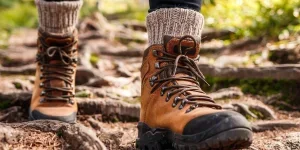Embarking on a hiking journey requires not just a strong will but also the right gear, especially when it comes to your feet. Hike footwear is a pivotal part of any trekker’s equipment, offering protection, support, and comfort across varied terrains. This guide delves into the critical aspects of selecting the ideal hike footwear, ensuring your next outdoor adventure is both enjoyable and safe.
Table of Contents:
– Understanding hike footwear technology
– The importance of fit and comfort
– Selecting the right type for your terrain
– Durability and maintenance tips
– How to make your hike footwear last longer
Understanding hike footwear technology
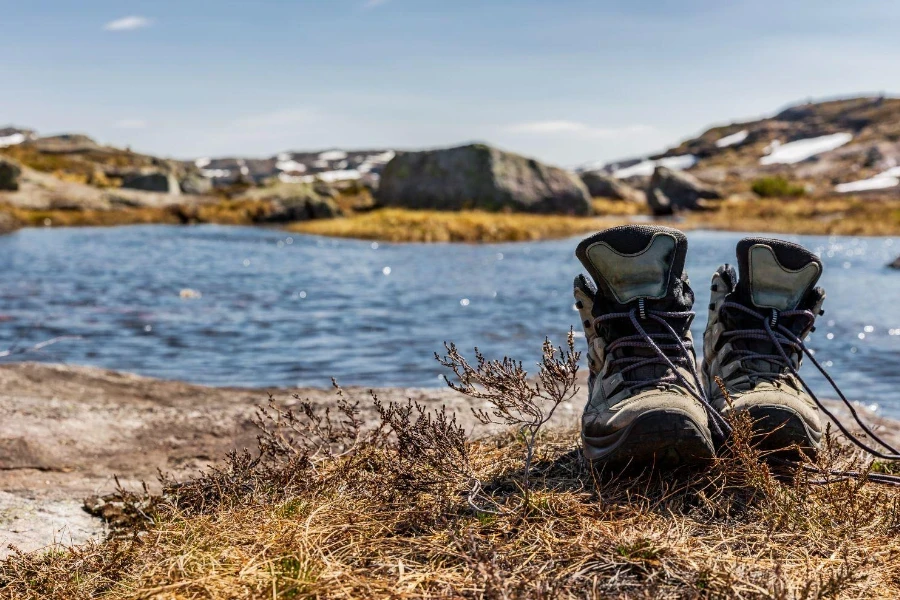
In the realm of hike footwear, technology plays a significant role in enhancing the hiking experience. Modern advancements have led to the development of materials that offer better grip, waterproofing, and breathability. This section explores the latest in sole technology, including Vibram soles known for their durability and traction, and membrane technologies like Gore-Tex, which provide waterproof yet breathable barriers. Understanding these technologies can help hikers make informed choices about their footwear, ensuring they select a pair that meets their specific needs.
Moreover, cushioning and support technologies have also evolved. EVA (ethylene-vinyl acetate) and PU (polyurethane) foams are commonly used for midsoles, offering a balance between cushioning and stability. Innovations in arch support and heel stabilization are designed to prevent common hiking injuries, providing a safer and more comfortable experience.
Lastly, the importance of lightweight materials cannot be overstated. With every step, extra weight on your feet can lead to quicker fatigue, making the choice of lightweight materials crucial for long treks. Manufacturers now use a combination of synthetic materials that offer durability without the added weight, allowing hikers to move more freely and efficiently.
The importance of fit and comfort
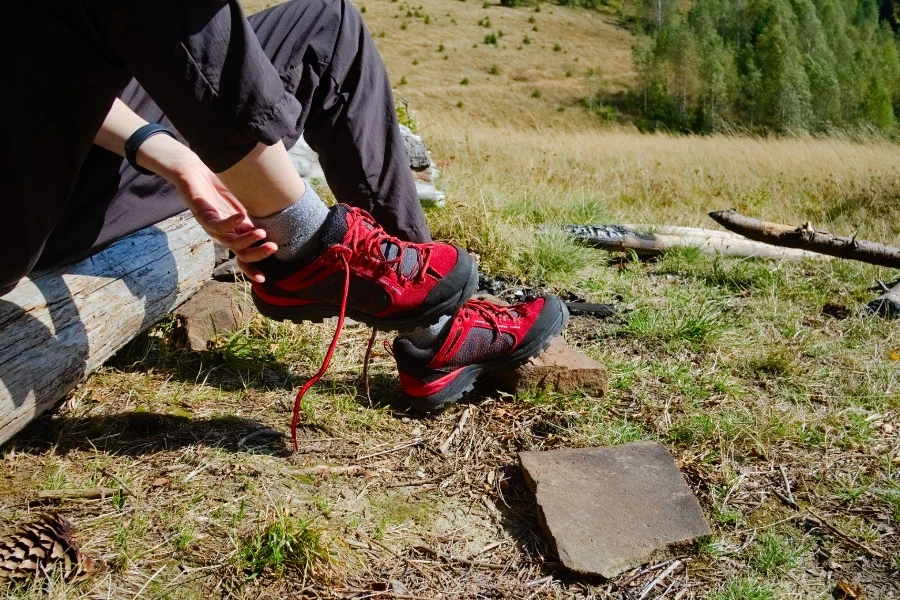
The fit and comfort of your hike footwear are paramount to a successful hiking experience. A well-fitting pair of hiking boots or shoes can mean the difference between a pleasant day on the trail and one filled with blisters and discomfort. It’s essential to consider the shape of your foot, including width and arch height, when selecting hike footwear. This ensures a snug fit that provides ample support without restricting movement or causing friction.
Additionally, the break-in period for hiking footwear is something every hiker should be aware of. New boots or shoes should be worn on shorter walks before embarking on longer treks to allow the material to mold to your feet and prevent blisters. Comfort also extends to the choice of socks, which can provide additional cushioning and moisture-wicking properties to keep feet dry and comfortable.
Moreover, the impact of proper lacing techniques on fit and comfort cannot be overlooked. Different lacing methods can adjust the tightness and support of your footwear, allowing for customization based on individual needs and preferences. This adaptability is crucial for accommodating changes in foot size due to swelling during long hikes.
Selecting the right type for your terrain

Choosing the correct type of hike footwear for your terrain is critical for both safety and comfort. Different hiking environments demand specific features from your footwear. For instance, rocky, uneven trails require boots with ample ankle support and robust soles for stability and protection. In contrast, well-maintained paths or flat terrains might be better suited to lighter, more flexible hiking shoes.
For those venturing into wet or snowy conditions, waterproof footwear is a must. This ensures that your feet stay dry, preventing cold-related injuries and blisters. Additionally, the choice between high-cut boots and low-cut shoes can significantly affect your hiking experience. High-cut boots offer better ankle support and are ideal for treacherous terrains, while low-cut shoes provide more flexibility and are suitable for light trails.
Lastly, the tread pattern on your hike footwear should match your hiking environment. Deep lugs are excellent for muddy or soft terrains, offering better grip, while a denser pattern works well on rocky surfaces. Understanding the demands of your chosen terrain allows you to select footwear that will enhance your hiking performance and enjoyment.
Durability and maintenance tips
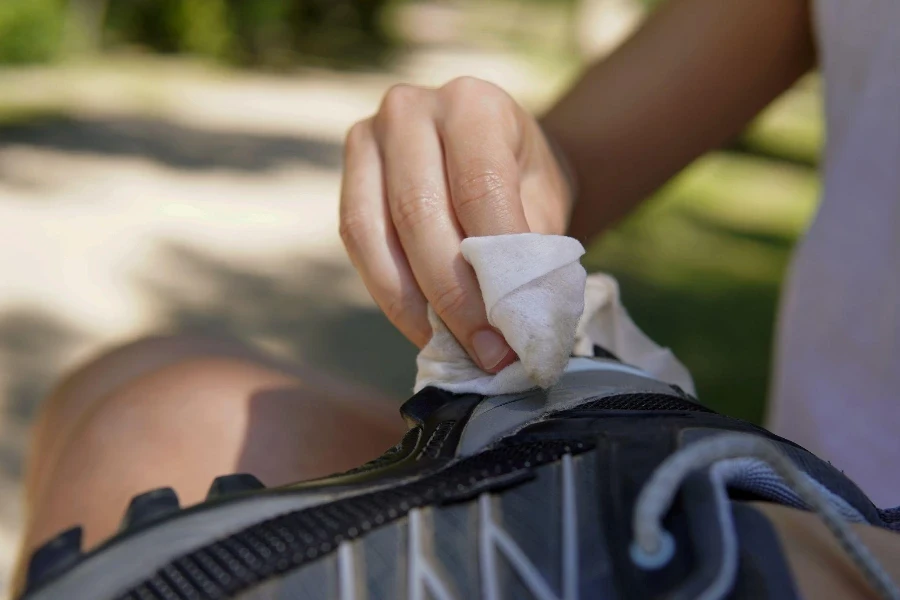
The durability of your hike footwear is essential for both safety and cost-effectiveness. High-quality materials and construction can withstand the rigors of outdoor adventures, ensuring your investment lasts. However, proper maintenance is equally important in extending the life of your footwear. Regular cleaning to remove dirt and grime, along with proper drying techniques, can prevent material degradation and maintain the footwear’s integrity.
Moreover, applying waterproofing treatments can restore or enhance your footwear’s ability to repel water, keeping your feet dry and comfortable. It’s also advisable to inspect your footwear regularly for signs of wear and tear, such as separating soles or damaged uppers, and seek repairs promptly to prevent further damage.
Additionally, rotating between pairs of hike footwear can allow each pair to rest and recover between hikes, prolonging their lifespan. This practice not only extends the durability of your footwear but also provides an opportunity to adapt to different terrains by selecting the most appropriate pair for each hike.
How to make your hike footwear last longer
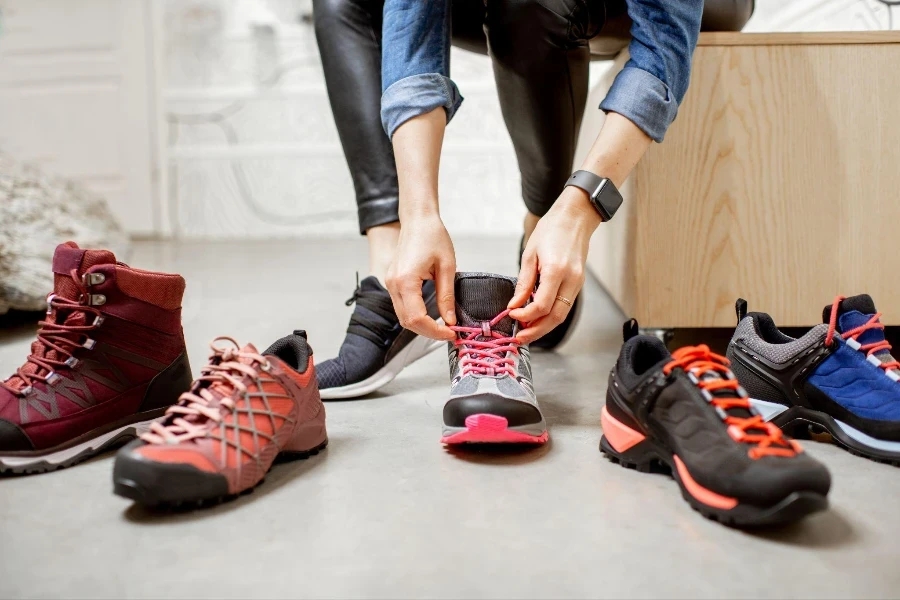
Maximizing the lifespan of your hike footwear not only saves money but also ensures consistent performance and protection on your hikes. Beyond regular maintenance, there are several strategies to extend the life of your footwear. Firstly, using a proper footwear storage method that keeps them in a cool, dry place can prevent the materials from deteriorating. Avoid storing them in direct sunlight or damp conditions, which can degrade the materials over time.
Secondly, investing in quality footwear accessories, such as supportive insoles or protective gaiters, can reduce wear and tear. Insoles can provide additional cushioning and support, while gaiters can protect against debris and moisture, further preserving your footwear.
Lastly, being mindful of how you put on and take off your hike footwear can also impact its longevity. Using a shoehorn can prevent damage to the heel area, and unlacing your footwear fully before removing it can prevent stretching and stress on the material. These simple habits can significantly extend the life of your hike footwear, ensuring they remain a reliable companion on your hiking adventures.
Conclusion:
Selecting and maintaining the right hike footwear is essential for any outdoor enthusiast. By understanding the latest technology, ensuring a proper fit, choosing the right type for your terrain, and following durability and maintenance tips, you can enhance your hiking experience and protect your investment. Remember, the right pair of hike footwear not only supports your feet but also your passion for exploring the great outdoors.
